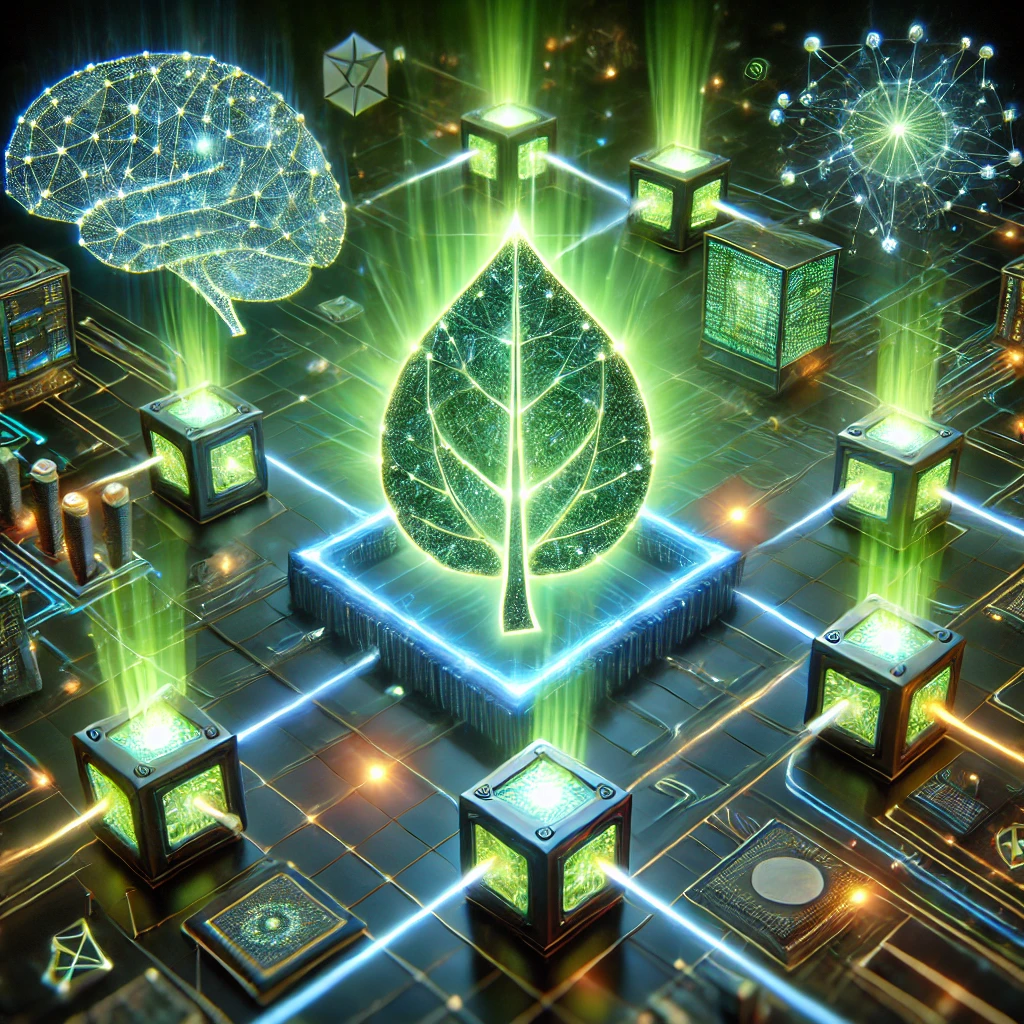English language
Toggle Transcript
Examples of bract
bract
It boasts a dark red bract and dark green foliage with a very good root system.
From the chron.com
The female tree produces flowers with round fruits that are also bract-surrounded.
From the en.wikipedia.org
It was almost a meditation, focusing on creating changes in shadows for each bract.
From the kentucky.com
The leaves are 5-9 cm long, and the seeds have a 3-4 cm long trilobed bract.
From the en.wikipedia.org
Fischer USA's No. 2-selling poinsettia, it boasts a unique burgundy bract.
From the chron.com
Mars White has a darker green foliage so it makes the creamy white bract really stand out.
From the kansas.com
The seed bract is also trilobed, but less deeply than in C. betulus.
From the en.wikipedia.org
The bracts are a light salmon-peach color with a darker salmon tone along the bract edge and veins.
From the chron.com
Almost all were red, although they differed slightly in bract shape, color, fullness or other factors.
From the sacbee.com
- A modified leaf or leaflike part just below and protecting an inflorescence
- (bracted) bracteate: having bracts
- In botany, a bract is a modified or specialized leaf, especially one associated with a reproductive structure such as a flower, inflorescence axis, or cone scale. Bracts are often (but not always) different from foliage leaves, for example being smaller, larger, or of a different color or texture.
- A leaf or leaf-like structure from the axil of which a the stalk of a flower or an inflorescence arises
- (bracts) small leaf or leaf-like structures beneath a flower or flower cluster that sometimes become protectors of the fruit
- (Bracts) These are modified leaves that grow just below a flower or a flower cluster, usually green in color, but sometimes conspicuous and colorful, e.g. bougainvillea and poinsettia.
- (Bracts) Leaves that develop just below the flowers on some plants. For example, poinsettia bracts, which most people think are the flowers because they turn red, pink, or white. On close inspection, however, you will discover the flowers singly or in clusters above.
- (Bracts) Modified leaves associated with flowers or flower clusters. Bracts in Compositae include peduncular bracts, units of a calyculus, phyllaries (primary involucral bracts), secondary involucral bracts, and paleas (receptacular bracts).
- (Bracts) Much modified and much reduced leaves usually found in inflorescences, variously dispersed, but frequently at the base of flowers or flower stalks.
